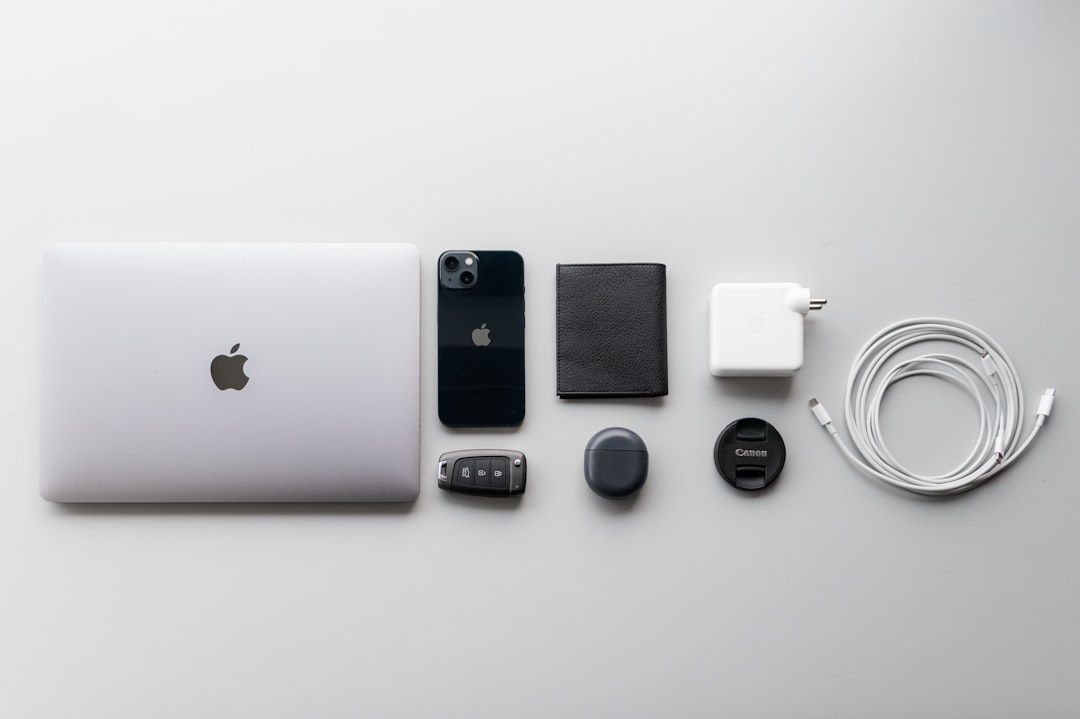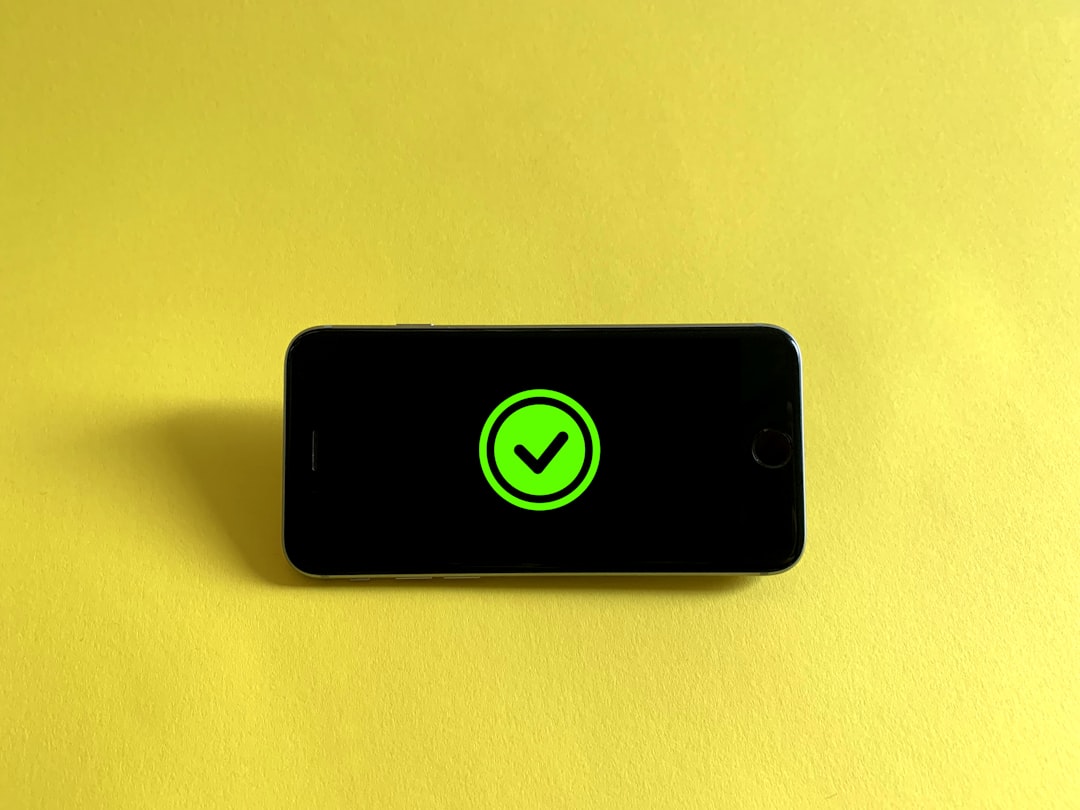Apple’s iCloud service offers a seamless way to store and access your files, photos, and device backups across all your Apple devices. A particularly useful feature is the ability to share your iCloud storage with family members, making it more cost-effective and centralized. Instead of buying separate storage plans for each member, you can share a single storage plan among up to six people in your Family Sharing group. Whether you’re a tech-savvy parent or just someone looking to help your relatives store their cherished memories without extra costs, here’s your informative guide on how to make the most out of this feature.
What Is iCloud Family Sharing?
Before diving into the steps, it’s helpful to understand what iCloud Family Sharing actually means. When you set up Family Sharing, you essentially create a digital household. This lets members share not just iCloud storage, but also Apple subscriptions like Apple Music, Apple TV+, Apple Arcade, and even App Store purchases.
With iCloud Family Sharing, every member still maintains their own personal files and settings. That means all photos, messages, and documents remain private—only the storage space is shared.
Why Share iCloud Storage?
There are several benefits to sharing iCloud storage with your family:
- Cost Efficiency: A 2TB plan costs $9.99/month and can be shared among six people, making it much cheaper per person compared to getting separate 200GB or 2TB plans.
- Convenience: Easier to manage payments and subscriptions through a single organizer account.
- No Data Visibility: Privacy is maintained; other members cannot see your personal data.
- Parental Oversight: Parents can keep an eye on kids’ device backups and help manage storage.

Requirements for Sharing iCloud Storage
Before setting everything up, make sure you meet the following requirements:
- An Apple ID: Each family member must have their own Apple ID.
- iCloud+ Subscription: Only the 200GB and 2TB iCloud+ plans support sharing.
- Up-to-Date Devices: All users need to be using devices with at least iOS 11, macOS High Sierra, or later.
- Family Sharing Enabled: The Family Sharing group must be created, and members invited to join.
How to Set Up Family Sharing
If you have not already set up Family Sharing, follow these steps:
On an iPhone or iPad:
- Open the Settings app.
- Tap your name at the top of the screen.
- Tap Family Sharing, then tap Set Up Your Family.
- Follow onscreen prompts to invite family members via Messages, or create accounts for children under 13.
On a Mac:
- Open System Settings.
- Click your name, then select Family Sharing.
- Click Add Family Member and follow the prompts to invite people.
Once your Family Sharing group is set up, you’re ready to share your iCloud+ plan.
Steps to Share Your iCloud Storage Plan
Now that you’ve got Family Sharing configured, here’s how to share your storage:
For iPhone or iPad Users:
- Go to Settings and tap your name.
- Tap iCloud, then tap Manage Storage or iCloud+.
- Tap Share With Family.
- Tapping this will activate sharing, and family members will be notified.
For Mac Users:
- Open System Settings and click on your Apple ID.
- Select iCloud, then choose Manage.
- Click Share With Family under your plan details.
What Happens After You Share?
After enabling iCloud+ sharing, each family member will receive a notification. They can choose to use the shared storage or keep their current plan. If they accept, their data will migrate to the shared plan—but their privacy remains intact. Each person can still see how much space they are using and manage their own backups and files independently.
Monitoring Storage Usage
As the organizer, you can check how much space each person is using:
- Go to Settings > [Your Name] > iCloud > Manage Storage.
- On Mac, you can view usage directly under iCloud Settings.
If you’re nearing the storage limit, you might want to upgrade the plan or encourage members to free up space by deleting old backups or unused files.
Switching or Upgrading Plans
You can switch or upgrade your iCloud+ plan at any time. Here’s how:
- Go to Settings > iCloud > Manage Storage > Change Storage Plan. Select your preferred plan and confirm.
- On Mac, go to System Settings > Apple ID > iCloud > Manage > Change Storage Plan.
The change takes effect immediately, and your family will continue to use the shared storage seamlessly.
Leaving or Removing Members from Family Sharing
There may come a time when someone wants to leave the group or needs to be removed:
To Leave Family Sharing:
- Go to Settings > [Your Name] > Family Sharing.
- Select your name and choose Leave Family.
To Remove a Family Member (Organizer Only):
- In Family Sharing settings, tap the person’s name.
- Tap Remove [Name].
Once someone leaves or is removed, their data is migrated back to a free 5GB iCloud plan unless they buy their own subscription.

Troubleshooting Common Issues
If things aren’t working as expected, here are a few things to check:
- Can’t Share Storage: Make sure you’re subscribed to either the 200GB or 2TB iCloud+ plan.
- Family Not Seeing Storage Option: Ensure they’ve accepted the Family Sharing invite.
- Missing Files or Backups: Each person must turn on iCloud Backup manually.
- Privacy Concerns: Reassure members that no one else can access their data.
Final Thoughts
Sharing iCloud+ storage with your family not only saves money but also centralizes file and device backup management in a way that’s simple and private. With a few taps, your entire household can benefit from plenty of cloud space, and you won’t have to deal with repeated “storage full” alerts anymore. By following the easy setup steps and checking in on usage occasionally, you’ll have an optimized and budget-friendly cloud storage setup that keeps everyone connected.
So go ahead—take a few minutes today and give your family a storage upgrade. It’s a small step that can make a big difference in your digital life.



